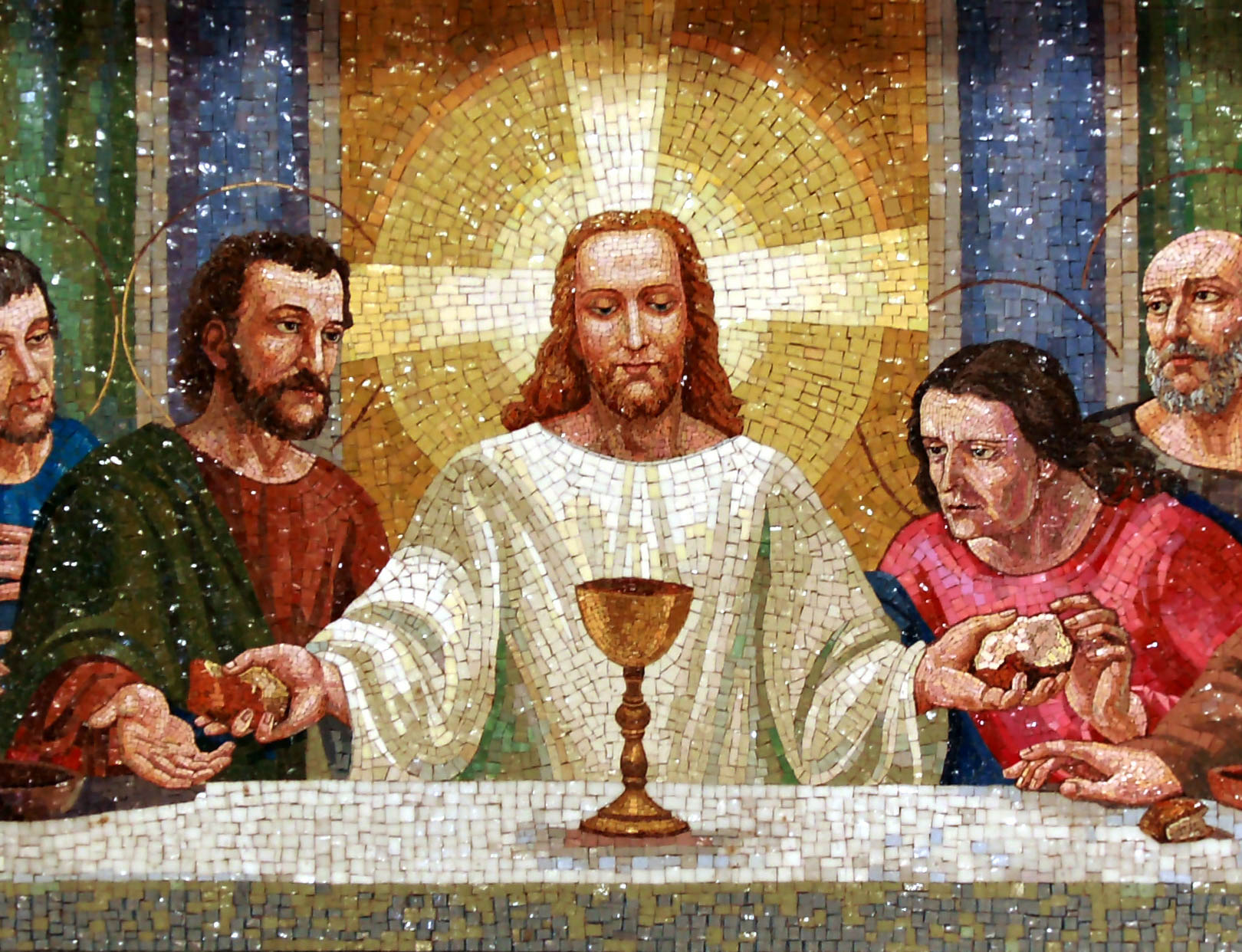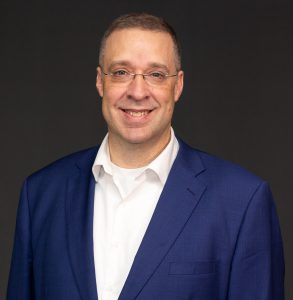
Question:
How can I explain the real presence of Jesus in the Eucharist when people ask about it?
Answer:
Over the course of the last several months, we have been looking at the scriptural basis for the real presence of Jesus in the Eucharist. This month we are going to conclude this series by looking once more at the Lord’s Supper: the Passover meal Jesus celebrated with his Apostles the night before he died. Here, we are going to focus on the relationship between the Last Supper and the Paschal Mystery: Jesus’ Passion, Death, Resurrection and Ascension.
In last month’s column, we looked in some detail at how the Passover meal, as practiced by the Jewish people in Jesus’ time, was structured around the drinking of four cups of wine. Now let’s turn to the Last Supper, particularly as we read it in Luke’s account. It’s worth taking a moment to read the text directly:
“When the hour came, he took his place at table with the apostles. He said to them, ‘I have eagerly desired to eat this Passover with you before I suffer, for, I tell you, I shall not eat it [again] until there is fulfillment in the kingdom of God.’ Then he took a cup, gave thanks, and said, ‘Take this and share it among yourselves; for I tell you [that] from this time on I shall not drink of the fruit of the vine until the kingdom of God comes.’ Then he took the bread, said the blessing, broke it, and gave it to them, saying, ‘This is my body, which will be given for you; do this in memory of me.’ And likewise the cup after they had eaten, saying, ‘This cup is the new covenant in my blood, which will be shed for you’” (Lk 22:14-20).
Luke says that “he took a cup,” and later “likewise the cup after supper.” This “cup after supper,” the cup of his blood, was the third cup, the cup that was drunk after the meal. In fact, Paul refers to the cup of Jesus’ blood explicitly as the cup of blessing, the term for the third cup.
But look at what happens next, as we see in Matthew’s account: “Then he took a cup, gave thanks, and gave it to them, saying, ‘Drink from it, all of you, for this is my blood of the covenant, which will be shed on behalf of many for the forgiveness of sins. I tell you, from now on I shall not drink this fruit of the vine until the day when I drink it with you new in the kingdom of my Father.’ Then, after singing a hymn, they went out to the Mount of Olives” (Mt 26:27-30).
After Jesus drinks the third cup, he says he will not drink again of the fruit of the vine until the kingdom comes; then they sing a hymn—which, as mentioned last month, would have been Psalms 115-118—and go out to the Mount of Olives.
So, in essence, Jesus did not actually complete the Passover meal. Instead, he goes to the Garden of Gethsemane and prays three times to the Father that “this cup” might pass from him (Mt 26:36-46). What cup is he referring to? The fourth cup of the Passover meal, the final cup that concludes the meal, the one from which he did not drink.
But Jesus would drink the fourth cup: on the cross. Let’s look at John’s account: “After this, aware that everything was now finished, in order that the scripture might be fulfilled, Jesus said, ‘I thirst.’ There was a vessel filled with common wine. So they put a sponge soaked in wine on a sprig of hyssop and put it up to his mouth. When Jesus had taken the wine, he said, ‘It is finished.’ And bowing his head, he handed over the spirit” (Jn 19:28-30).
Note: When Jesus had received the wine, he said, “It is finished.” What is finished? The Last Supper. By not drinking the fourth cup until he was literally about to die, Jesus included his passion and death in the Last Supper, seeing his death as the Passover sacrifice and uniting the Last Supper to his death. Thus, by delaying the fourth cup until the cross, the cross became a Passover and the Last Supper became a sacrifice. In effect, it is the Last Supper that makes Calvary a sacrifice: both events are the same single sacrifice.
Thus, it is at the Last Supper and at its liturgical renewal in every Mass that Jesus’ sacrificial death and Resurrection become present, and we are able to receive him, the living God made flesh and present to us in the Eucharist. In the words of the angels that we’ll hear at Mass on Christmas, “Glory to God in the Highest!”

Be sure to check out the additional resources at sfcatholic.org/answer. If you have a question you need an answer to, email cbassett@sfcatholic.org.
Chris Burgwald holds a doctorate in theology and is the director of discipleship formation for the Diocese of Sioux Falls.


